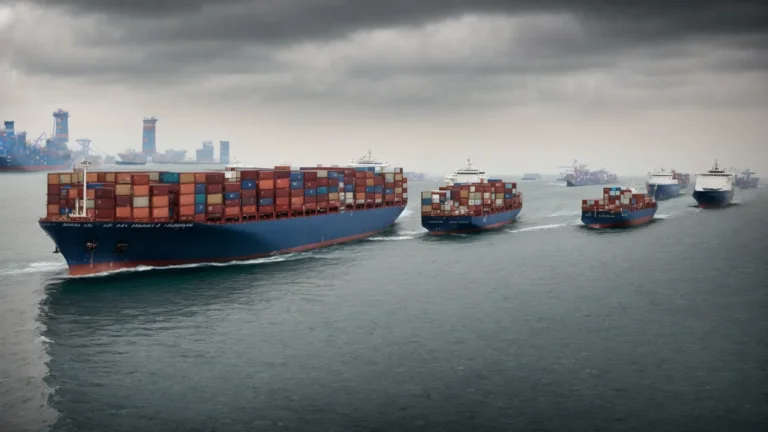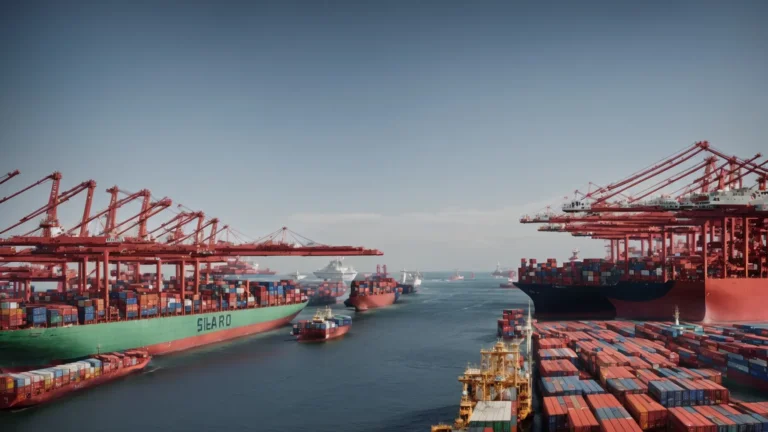The Evolution of ISDS Mechanisms
Over the years, ISDS mechanisms have evolved to address the complex challenges presented by international investment disputes. From the early days of bilateral investment treaties to the more recent inclusion of ISDS provisions in modern trade agreements, the landscape of investor-state arbitration has seen significant changes. As investors and host states navigate the intricacies of these mechanisms, the need for transparency, accountability, and fairness has become increasingly important.
With the growing scrutiny of ISDS systems and the push for reform, stakeholders on all sides are engaging in discussions to shape the future of international investment dispute resolution. The evolution of ISDS mechanisms will continue to be a key topic of debate in the realm of transnational law, as parties strive to balance the interests of investors and states while upholding principles of sovereignty and justice.
The Role of National Courts in ISDS Cases
While ISDS mechanisms offer a unique avenue for resolving disputes between investors and states, the role of national courts in overseeing these proceedings cannot be overlooked. National courts may play a crucial role in enforcing arbitral awards, setting aside awards on certain grounds, or providing judicial review of ISDS decisions. As such, the interaction between ISDS tribunals and national courts is a critical aspect of ensuring the integrity and effectiveness of the dispute resolution process.
As ISDS cases continue to shape the landscape of international investment law, the relationship between arbitral tribunals and national courts will remain a dynamic and evolving area of focus. The coordination and cooperation between these two bodies will be essential in maintaining a robust and equitable framework for resolving disputes in the global business environment.










